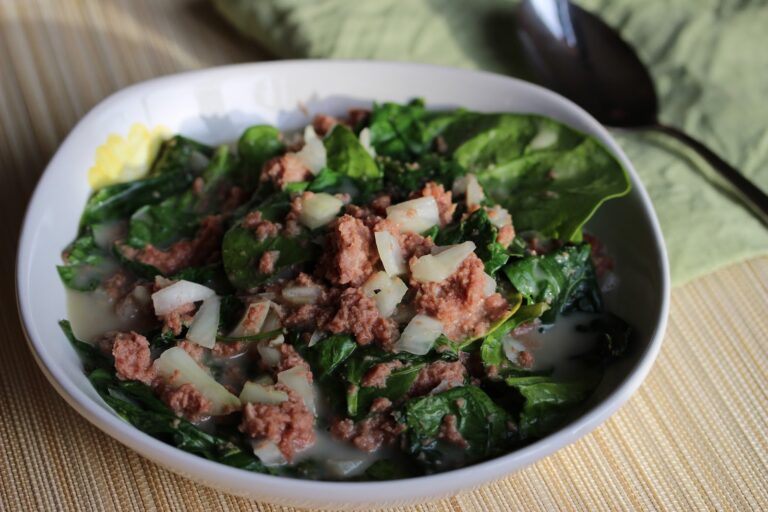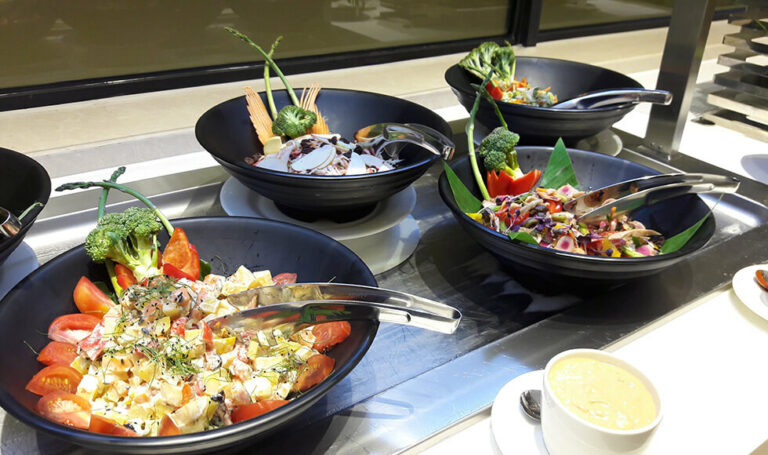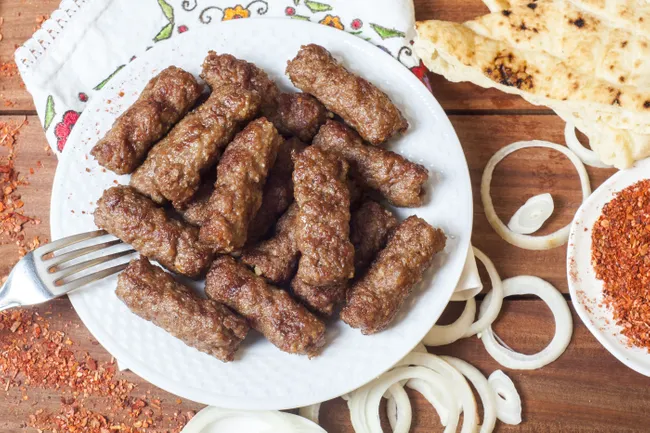Introduction to Kiribati cuisine
Kiribati, a small island nation located in the central Pacific Ocean, has a unique cuisine that is influenced by its cultural practices and rituals. The cuisine of Kiribati is characterized by its use of coconut, seafood, and taro as primary ingredients. Kiribati cuisine is simple yet flavorful, with dishes that reflect the island’s reliance on natural resources.
History of Kiribati cultural practices
Kiribati culture is deeply rooted in its history and traditions. The island nation has a rich cultural heritage that has been passed down through generations. Kiribati cultural practices are heavily influenced by the island’s geography and climate, with an emphasis on fishing, farming, and the use of natural resources. Kiribati cultural practices have had a significant impact on the cuisine of the island.
Traditional ingredients and cooking techniques
Coconut, seafood, and taro are the primary ingredients used in Kiribati cuisine. Coconut is used in a variety of ways, from coconut milk to grated coconut meat. Seafood, including fish and shellfish, is a staple ingredient in Kiribati cuisine. Taro, a starchy root vegetable, is also commonly used in Kiribati cooking. Traditional Kiribati cooking techniques include baking, boiling, and grilling.
Religious and ceremonial influences on cuisine
Religious and ceremonial influences have had a significant impact on Kiribati cuisine. The island nation has a strong Christian influence, which is reflected in the preparation and consumption of food. Certain foods are considered sacred and are only eaten during specific religious or ceremonial events. For example, during the Christmas holiday, Kiribati families prepare a dish called tebuia, which is made from grated coconut meat, sugar, and pandanus leaves. It is believed that tebuia brings good luck and prosperity.
Social significance of food in Kiribati culture
Food plays a significant social role in Kiribati culture. Sharing meals with family and friends is an essential part of Kiribati social life. Traditional Kiribati meals are often communal, with everyone sharing from a large platter of food. Food is also used to celebrate special occasions, such as weddings, births, and funerals.
Modern adaptations and fusion with other cuisines
In recent years, Kiribati cuisine has undergone some modern adaptations and has been influenced by other cuisines. For example, Chinese and Japanese restaurants have become popular in Kiribati, and these restaurants often incorporate local ingredients into their dishes. Additionally, some Kiribati chefs have begun to experiment with fusion cuisine, combining traditional Kiribati ingredients and cooking techniques with elements of other cuisines.



